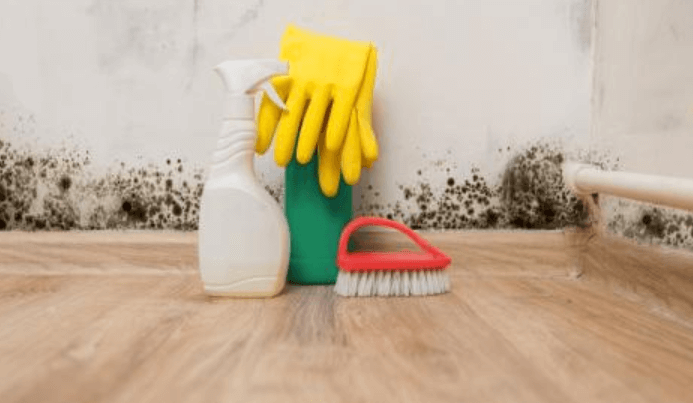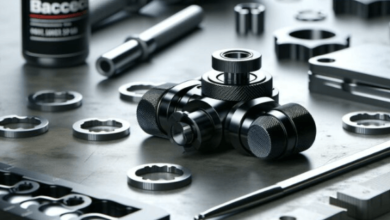Mold Remediation Services to Ensure a Safe and Healthy Living Environment

Mold contamination in residential environments poses significant health risks, necessitating effective mold remediation services. Understanding the complexities of mold growth and the thorough processes required for its removal is crucial for maintaining a safe living space. Professional remediation not only addresses existing infestations but also implements preventive measures to safeguard against future occurrences. As we explore the multifaceted nature of mold remediation, it becomes evident that the implications extend beyond mere aesthetics and touch on fundamental health and safety concerns. What strategies should homeowners consider to ensure long-term efficacy in mold prevention?
Understanding Mold and Its Risks
Mold can pose significant health risks and structural damage if left unaddressed.
Various mold types, including Aspergillus and Stachybotrys, can lead to respiratory issues, allergic reactions, and other health effects.
Prolonged exposure may exacerbate existing conditions, undermining individual autonomy and well-being.
Understanding these risks is essential for maintaining a safe environment and ensuring informed decisions regarding mold management and remediation.
The Mold Remediation Process
When addressing the presence of mold in a property, a systematic remediation process is crucial to effectively eliminate the contamination and prevent recurrence.
This process typically begins with mold testing to assess the extent of the problem. Following this, containment protocols are established, air quality is improved through ventilation and dehumidification, and damaged materials are removed or treated to restore a safe environment.
Choosing Professional Services
Selecting professional mold remediation services is a critical step following the identification and assessment of mold issues within a property.
It is essential to conduct credentials verification to ensure the expertise and reliability of the service provider.
Additionally, evaluating service costs against the quality of work offered can safeguard your investment, ultimately leading to a healthier living environment free from mold-related hazards.
Tips for Prevention and Maintenance
Preventing mold growth and maintaining a healthy indoor environment requires a proactive approach.
Implementing effective humidity control measures, such as using dehumidifiers and proper ventilation, is essential.
Additionally, conducting regular inspections of vulnerable areas—like basements and attics—can help identify potential mold risks early.
Conclusion
In conclusion, mold remediation services serve as a critical lifeline in the battle against invisible health hazards lurking within homes. By addressing mold infestations with precision and expertise, these professionals not only safeguard the well-being of occupants but also preserve the structural integrity of residences. Proactive measures in prevention and maintenance further bolster this defense, ensuring that living environments remain sanctuaries of health and safety. Ultimately, investing in mold remediation cultivates a flourishing habitat, free from the shadows of contamination.






